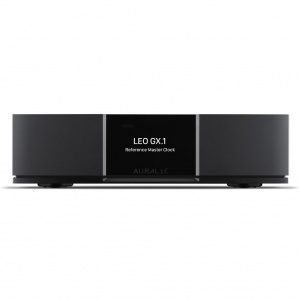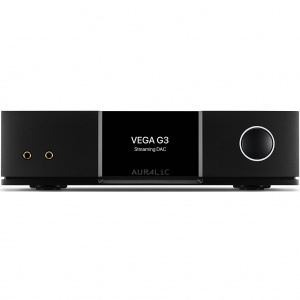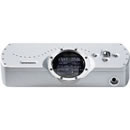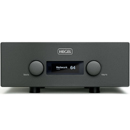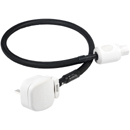AURALiC AURALiC was conceived in 2008 amidst the strains of beautiful music. That’s when founders Xuanqian Wang and Yuan Wang met at the Waldbühne Berlin Festival. Their shared appreciation of music and their perfectly complimentary skill sets were the foundation for an inevitable collaboration, and in 2009 AURALiC was born. Discover New MusicBuilt around the idea that true hi-fi should be accessible to everyone, AURALiC today enjoys a worldwide reputation for innovative digital and analogue components that sound as great as they look. They build devices that help you explore digital streaming, discover new music, and share experiences with friends. They connect your home by delivering high-resolution music to every room and mobile devices to take control. Combining progressive technologies that deliver on the promise of modern digital formats with revitalized analog circuitry and hardware rooted in classic designs, AURALiC is always creating new ways to bring you closer to the music than ever. History and Present TimesAURALiC's first product was the Vega DSD DAC, which was a technical marvel at the time; followed by their Taurus MKII headphone amplifier, Taurus Pre preamplifier and their excellent Marek monoblock power amplifiers. The direction of travel changed when launching their Aries Femto streamer and a strip down version called the Aries LE. Both of these streamers are in active use today after many years of software support. The breakthrough in volume sales came when launching their cost-effective Aries Mini streamer for a mere £449, literally beating all the competition, even regardless of price some would say. Their path of travel today is still to offer excellent value as with their Aries G1 streamer and Altair G1 DAC/streamer, but also to push the boundaries by introducing up-sampling and external clocking in the shape of their Sirius G2.1 upsampling processor and Leo GX.1 reference master clock. These products are mostly suited to their high-end Aries G2.1 streamer and Vega G2.1 DAC/streamer products due to their proprietary L-Link interface.
| |||||||||||||||||||||






